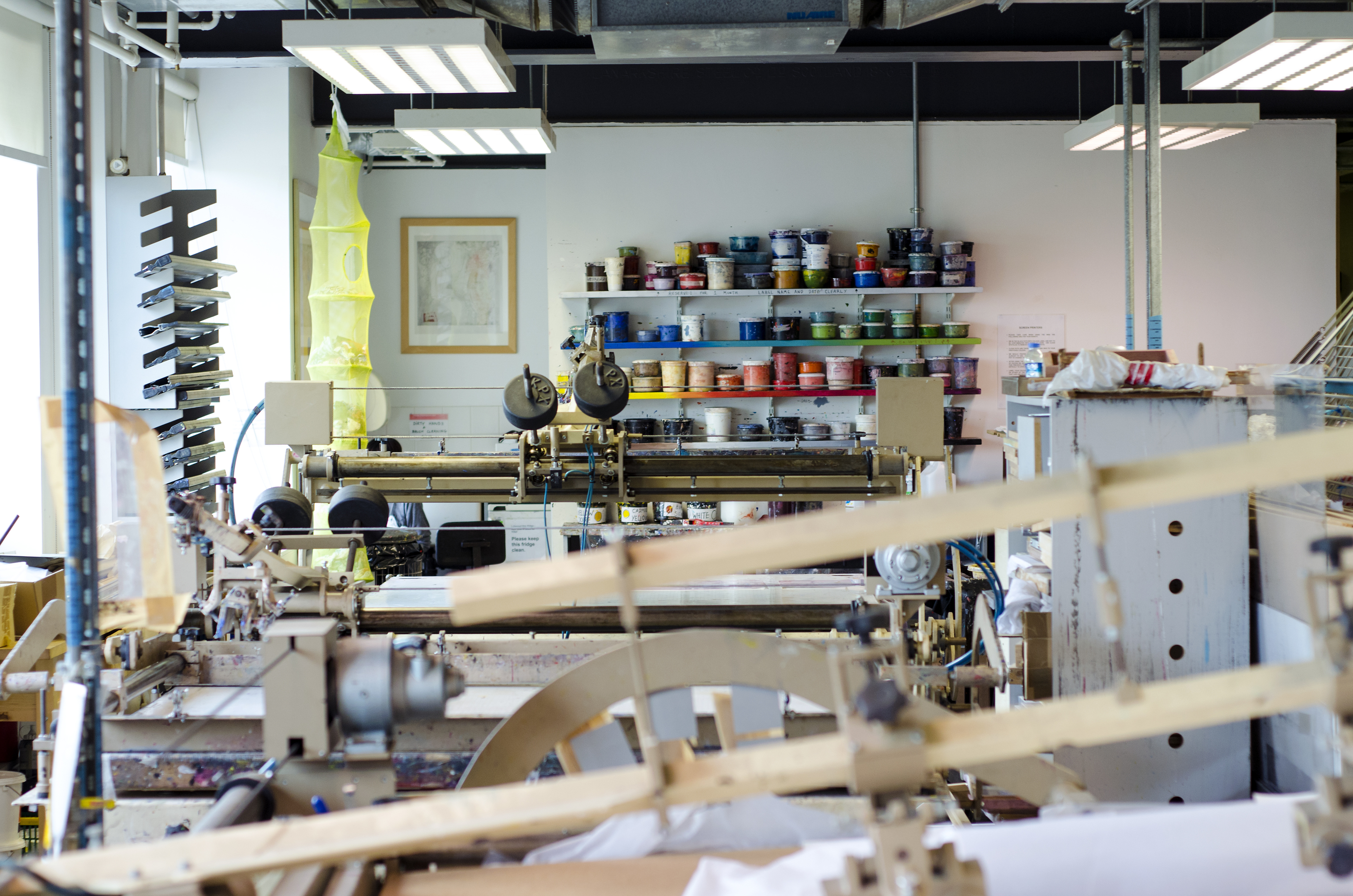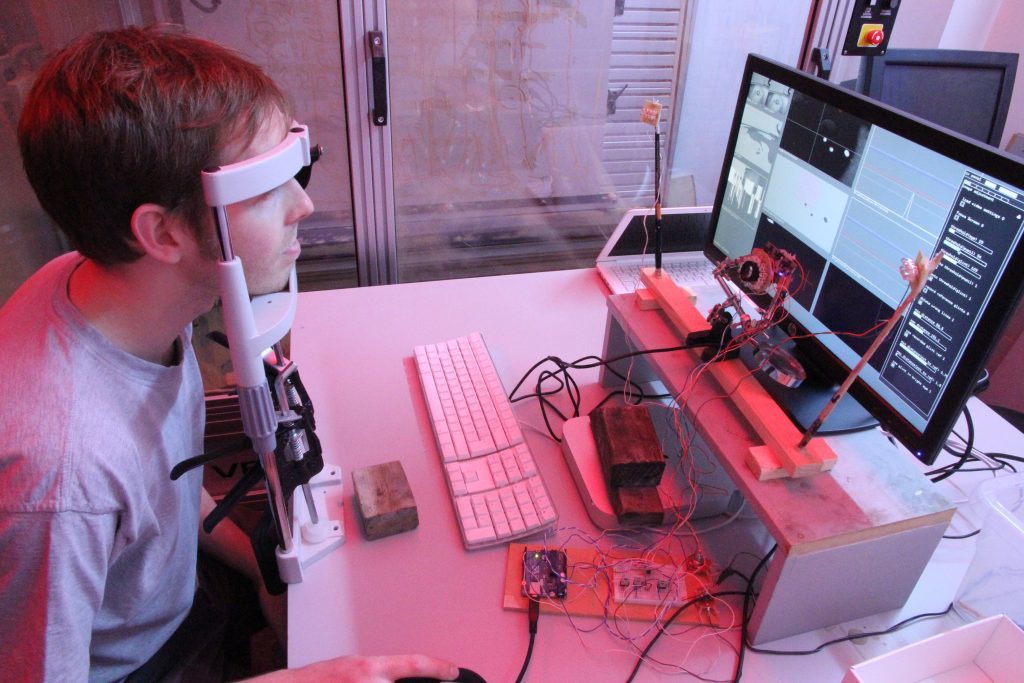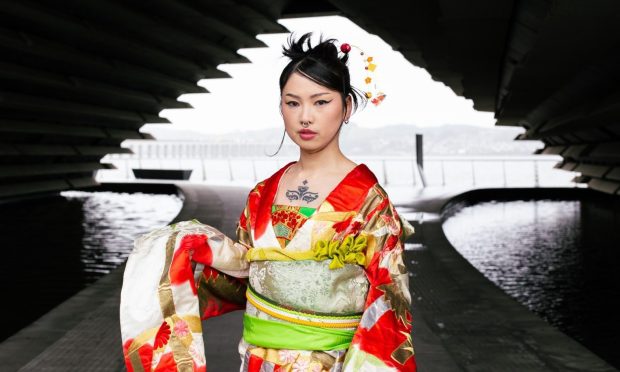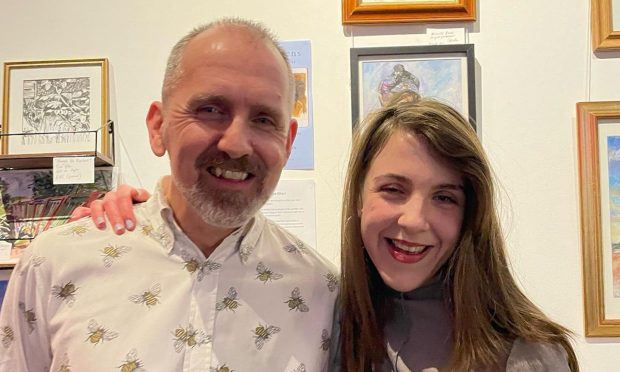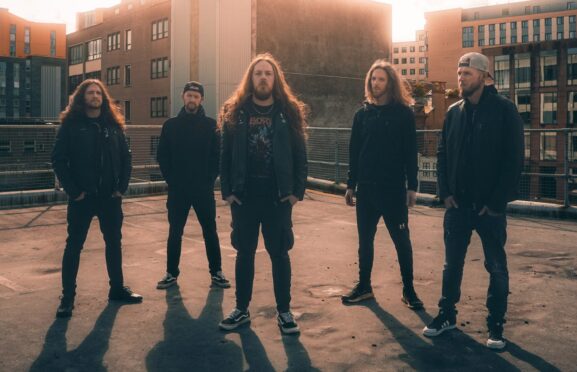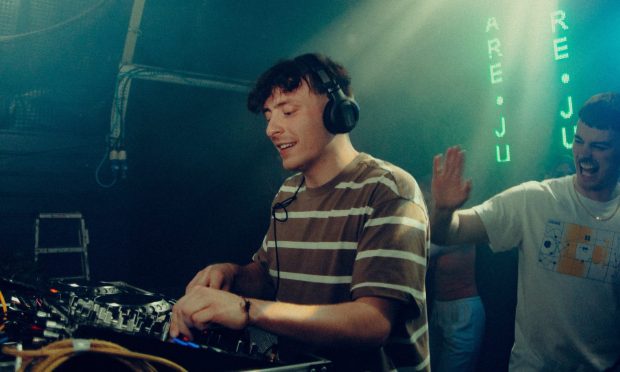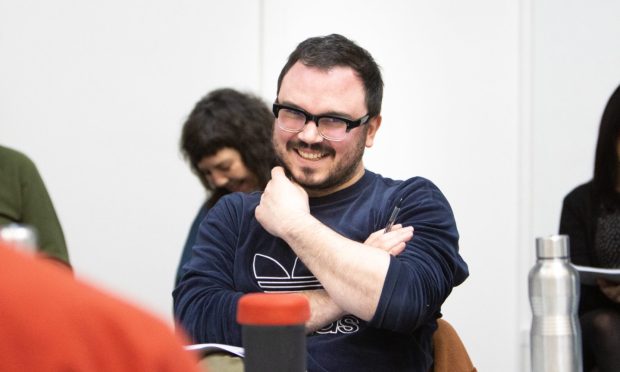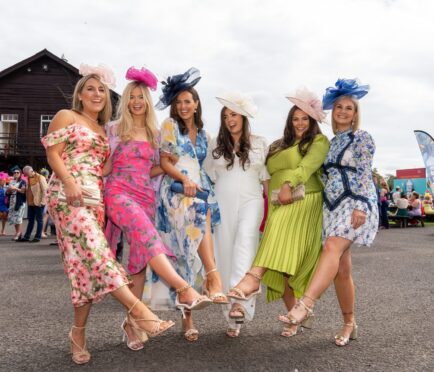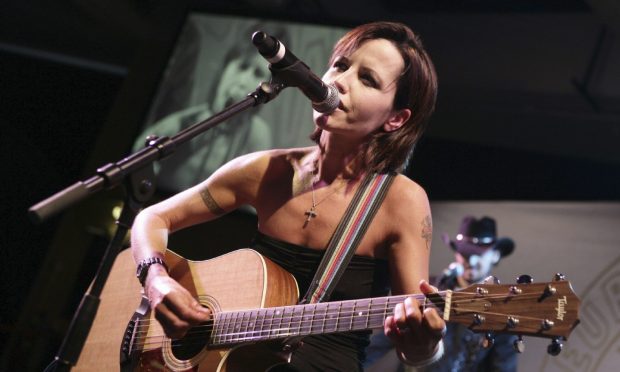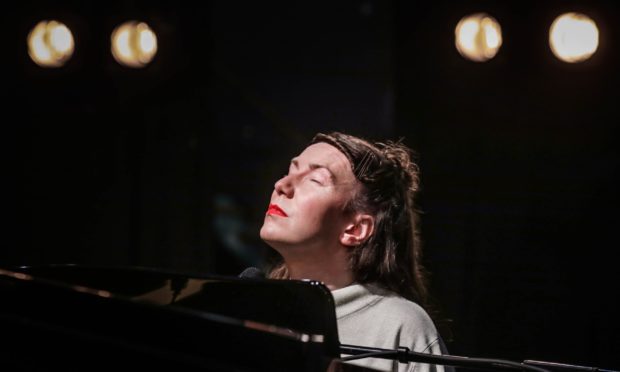Dundee Contemporary Arts Print Studio is internationally renowned for its comprehensive range of equipment, the expertise of its staff and its innovation in exploring new methods and techniques in printmaking.
The Print Studio runs on an open-access model, whereby anyone can pay a fee to use its equipment or enrol on one of its courses or workshops, regardless of experience or ability.
The principle of access for all was one of the drivers in the development of the Print Studio’s acclaimed Eye Can Draw project, which uses the latest in eye-tracking technology to allow artists with disabilities to draw using only their eyes.
The project began when former Print Studio Coordinator Robert Jackson was assisting artist Dawson Murray in the Print Studio. Murray has Multiple Sclerosis and is no longer able to use his hands, so Jackson would produce shapes and drawings under his careful instruction. But when Creative Scotland provided funding for Scotland’s network of Print Studios to acquire a range of new digital equipment, Jackson began to research how new technologies might enable artists with similar disabilities to draw much more directly.
With further funding from Creative Scotland and working with Murray and with Jackie Smith, another artist with MS, Jackson began to prototype a range of devices using open source software, taking on the artists’ feedback and refining the technology. As Jackson explains, “ drawing with your eyes is a bit counter-intuitive. The artists worked with the eye-tracking device, part-time, over a period of about a year, practising with this new drawing method and then discovering ways to push it and utilise it within their printmaking practice.”
This process led to exhibitions of new work at DCA from both artists. Smith combined her eye-drawn work with some of DCA’s CNC technologies to create large woodblocks and screen prints, while Murray transformed his drawings using a sugar-lift etching technique that recreated the unpredictable elements of the watercolours he had formerly worked with.
Jackie Smith says of the project, “learning to use the eye tracker has really altered the way that I work. It has taught me to draw again which is fantastic, but the drawings are like nothing I have ever done before. They have their own special quality which I am still exploring, exciting times!”
Dawson Murray’s feelings about the project are similar: “Having been quadriplegic for about four years the thought of being able to ‘draw’ again was very exciting. After months of slowly mastering Robert’s programme I was able to draw new forms to introduce into my work. My recent large etching Tumbling could only have come about through Robert’s eye-tracking device.”
While Jackson is now based at the University of Dundee, he is still working closely with the Print Studio team on new iterations of the project. Eye-tracking technology and software, like all new technologies, is developing rapidly in the commercial world. When the project started medical eye-trackers were well out of reach financially, and Jackson had to improvise ingeniously with an adapted webcam, sometimes editing the software’s code to make it work properly. Now, however, the Print Studio team is looking at affordable commercial trackers, which allow easy access to design software and are much more user-friendly.
As Jackson says, “during the Eye Can Draw project Jackie and Dawson utilised eye-tracking within their own practice, testing the possibilities of accessibility through technology. The outcome will hopefully be that more artists will be able to use the fantastic facilities at DCA”.
The Print Studio was very fortunate that Robert’s experience working with Dawson and his aptitude for technological improvisation, together with our investment in new digital equipment, all coincided to produce this unique research project. I very much hope we can roll the benefits out to more artists soon.
Annis Fitzhugh is head of the DCA’s print studio
